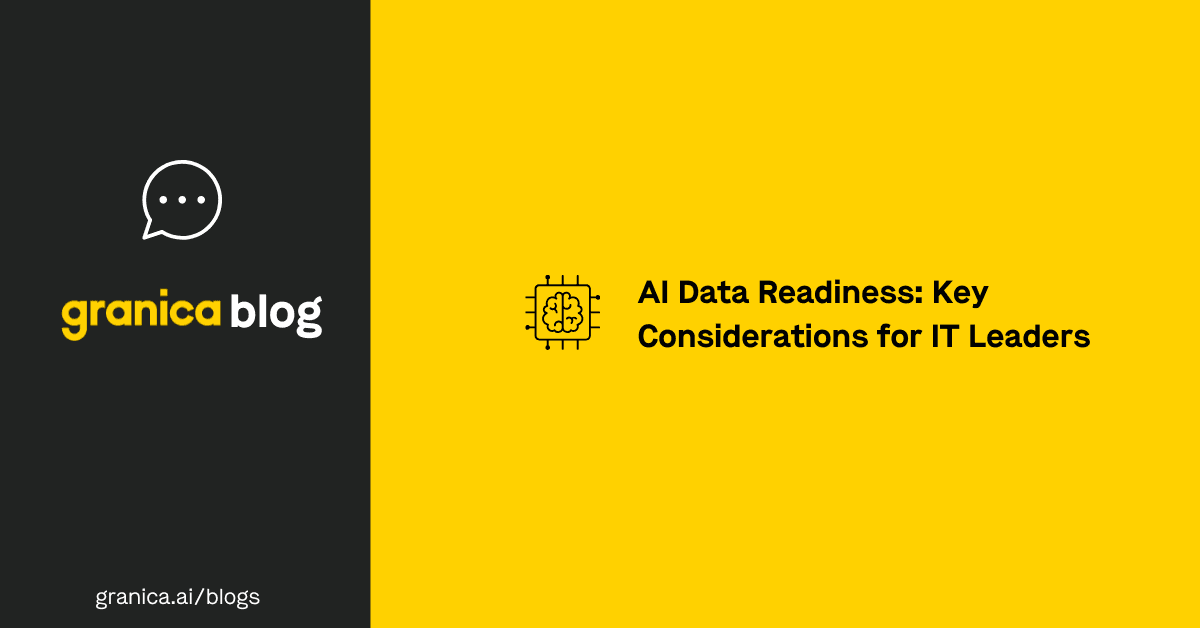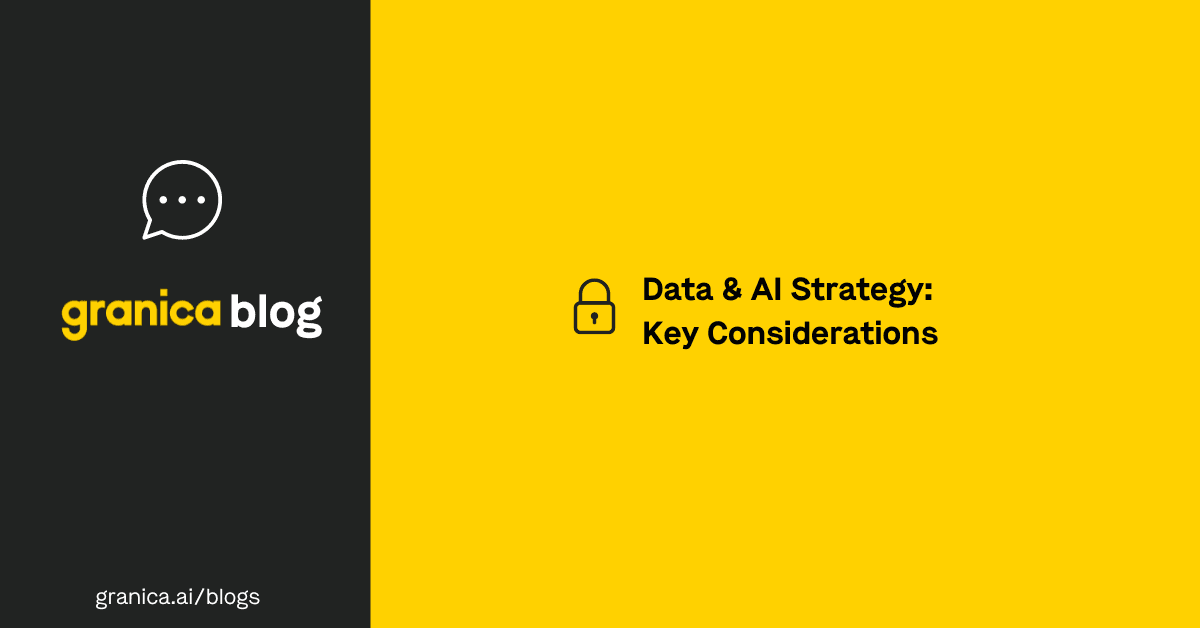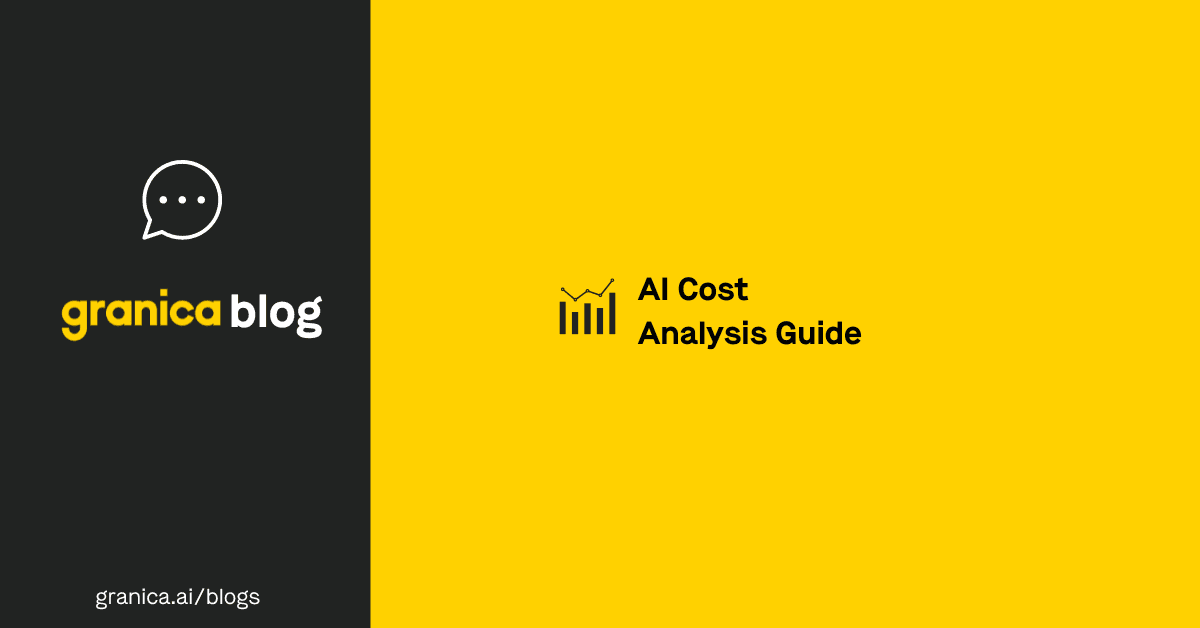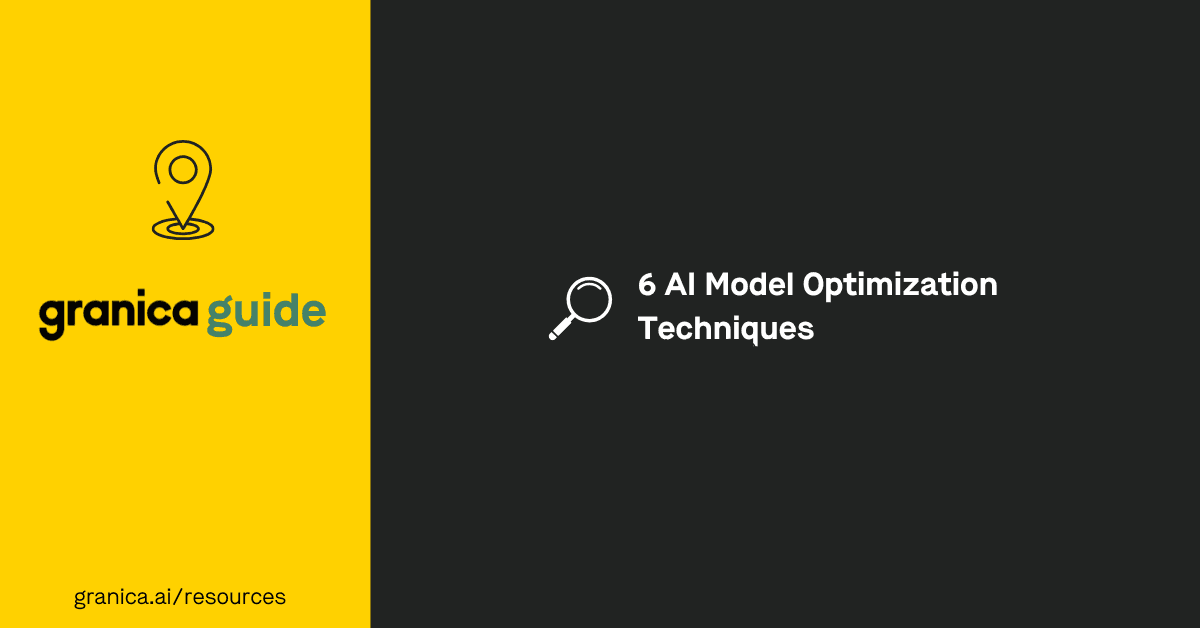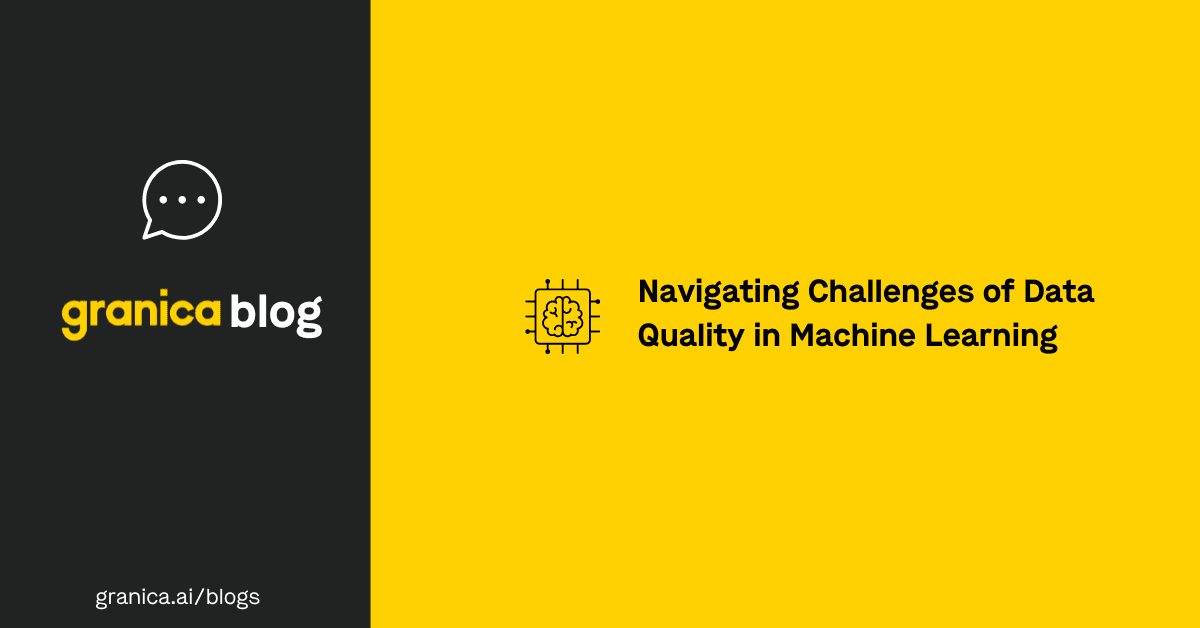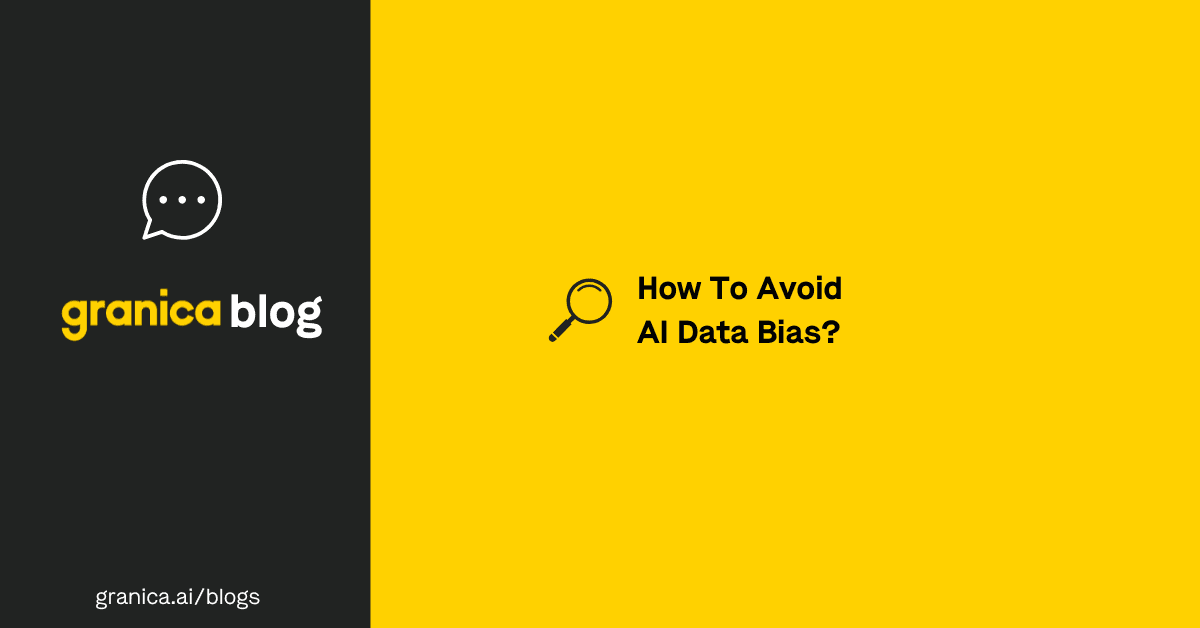AI and machine learning (ML) have never been more popular. According to the Databricks State of Data + AI report, 11 times more AI models were put into production this year. However, many of these organizations run into one specific problem when adopting AI: the cost. Achieving a high return on investment (ROI) poses a considerable challenge for businesses that lack effective AI cost optimization strategies.
In this guide to AI cost optimization, we’ll explore some of the main forces that drive high AI and ML costs and recommend four strategies your organization can use to keep costs as low as possible.
Factors that drive up AI and ML costs
A number of factors lead to high AI and ML costs, but data use is one of the primary drivers. AI and ML-based products use massive amounts of data for pre-training and fine-tuning to create models. Production models also use data for inference (essentially, problem-solving and decision-making), and generative AI takes in additional data from retrieval-augmented generation (RAG) and in the form of user prompts.
Inference typically uses the most expensive GPU-based compute resources, so even small amounts of data can drive up costs. Storing, processing, and governing data across the end-to-end AI lifecycle poses a significant logistical challenge in addition to the high costs. When managing AI expenses, organizations must consider costs including:
- Acquiring and storing training data
- Curating training data with PII (personally identifiable information) and toxicity screening, labeling, etc.
- Training and fine-tuning models
- Training and fine-tuning via RLHF (reinforcement learning from human feedback)
- Inference costs
- Common security and governance costs
These are just a few factors that complicate the task of AI cost optimization. Others include personnel expenses (hiring, training, or outsourcing staff to support and operate AI products) and variable pricing depending on the size and type of AI model. Organizations can employ several strategies to keep these costs as low as possible while maximizing the performance of their AI and ML models.
Seven AI cost optimization strategies
Below, we list seven essential strategies organizations can use right now to achieve AI cost optimization.
| AI Cost Optimization Strategies | |
|---|---|
 Selecting the most cost-efficient model Selecting the most cost-efficient model |
Save on training, fine-tuning, and inference costs by deploying a smaller model that’s optimized for particular use cases. Fine-tuning smaller models to perform better is typically more cost-effective than purchasing and running large models, and they often provide more than enough functionality. |
 Right-sizing resources for AI workloads Right-sizing resources for AI workloads |
Match all resources (including data stored in cloud data lakes and compute instances) to each workload. Delete or reallocate any underutilized resources to reduce costs. Organizations can also use machine learning-powered tools to automatically right-size resources. These tools use ML algorithms to identify orphaned and underutilized resources. |
 Data compression and tiering Data compression and tiering |
Lossless and lossy data compression is one of the fastest, most effective paths to AI cost optimization. Compressing large AI training data sets leads to an immediate reduction in storage costs. ML-based compression tools can also compress data continuously and automatically, as the data enters cloud data lakes. Data tiering organizes data based on its utility. It costs less to store data in cold storage (such as an archive) than it does to store it in frequently accessed cloud data lakes. Keep valuable AI training data in higher-tier storage locations to maximize performance. Store less valuable data in archives or delete it altogether. |
 Reserved instances, committed-use discounts, and other savings plans Reserved instances, committed-use discounts, and other savings plans |
Most cloud platforms offer discounts to organizations that commit to specific instances for a set amount of time (called “reserved instances” or “committed-use discounts”). Often, these are one-year or three-year commitments. This is the best strategy for organizations using cloud visualization tools to anticipate cloud costs. Organizations adopting AI and ML models for the first time may need to use a different strategy, or forecasting tools to accurately predict their needs. |
 Spot instances Spot instances |
Spot instancesare spare (or unused) instances that cloud service providers offer to organizations at a steep discount compared to on-demand services. More flexible than reserved instances, these offer a great solution for organizations adopting AI and ML for the first time. However, it’s important to note that not all providers include GPU-based instances in their spot pricing, as GPUs are more expensive and limited than CPUs. |
 Batch processing Batch processing |
Batch processing completes high-volume data processing tasks to save on compute costs. This includes AI training data set backups. These repetitive tasks can be expensive to compute individually, which often makes batch processing a better option. |
 Sub-selection of training data Sub-selection of training data |
Companies often have more data than they can afford to train with. Choosing a subset of data for model training can help lower compute and labeling costs and reduce training time. There are numerous sub-selection approaches, with random selection being the current leading-edge method. |
Additional cost optimization resources
The resources below provide in-depth information on AI cost optimization and other cloud cost management strategies.
| Cost Optimization Resources |
|---|
| Using data cost optimization to reduce data costs: Three strategies for optimizing data in cloud data lakes to dramatically reduce costs. |
| The ultimate guide to cloud cost optimization: A detailed guide to reducing cloud costs while also improving data quality and machine learning model efficiencies. |
| Cloud cost analysis guide: A complete guide to analyzing cloud costs across the cloud environment. |
| Four cloud cost optimization strategies: Four essential strategies organizations can use to reduce costs now. |
| Top cloud cost management tools: A guide to the best tools organizations can use to improve performance, manage data, and reduce cloud costs. |
| Cloud cost management guide: A comprehensive guide to managing cloud costs across the cloud environment |
| Cloud cost management (CCM) vs. FinOps: How to build a CCM foundation that leads to FinOps maturity. |
| How data lakes drive cloud costs: An exploration of cloud data lake costs, including storage, compute, networking, data transfers, and more. |
| AWS cloud cost optimization guide: Strategies for optimizing the cost of AWS cloud services, including a list of tools to visualize and manage the AWS environment. |
| Google cloud cost optimization guide: Strategies for optimizing the cost of Google cloud services, including a list of tools to visualize and manage the Google cloud environment. |
Achieve AI cost optimization with Granica
Granica helps organizations unlock the potential of AI and ML using best-in-class AI cost optimization and data security tools.
Granica Crunch is an AI cost optimization service that reduces the size of large-scale AI training data sets, typically stored in the Apache Parquet format in cloud data lakes and lakehouses. Crunch is deployed inside customers’ cloud environments and uses lossless compression algorithms to maintain data efficiency while reducing the cost to store that data—by up to 80% in some cases. What sets Granica Crunch apart is its automatic and dynamic compression algorithms, which use machine learning to compress data based on use, content, and structure.
Granica Screen is a state-of-the-art data privacy tool that discovers and masks sensitive data and PII used in AI training data sets or in large language model (LLM) prompts and responses. As with Granica Crunch, Screen deploys entirely inside customers’ cloud environments, keeping sensitive data safe within the cloud. Screen uses cloud infrastructure 5-10x more efficiently than traditional data privacy tools, which enables organizations to optimize AI costs and drive ROI in two different ways: they can scan and protect the same amount of data as before but with lower infrastructure costs; or they can protect 5-10x the amount of data as before to improve AI model effectiveness.
These tools can help organizations realize their AI cost optimization goals and unlock the potential of AI.
Explore an interactive demo of Crunch to discover the full benefits of effective AI cost optimization.

